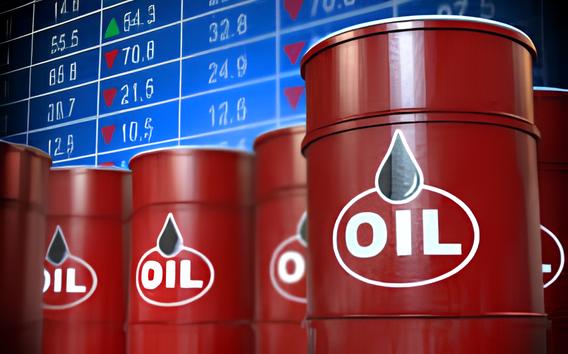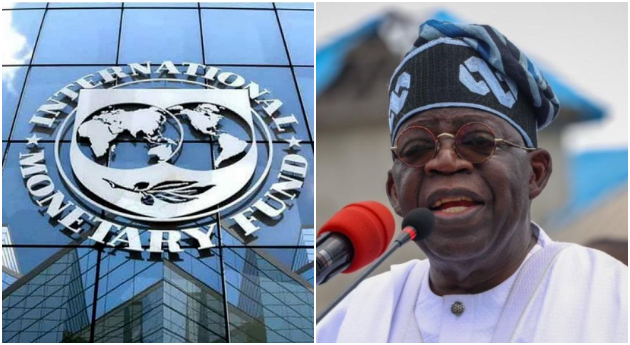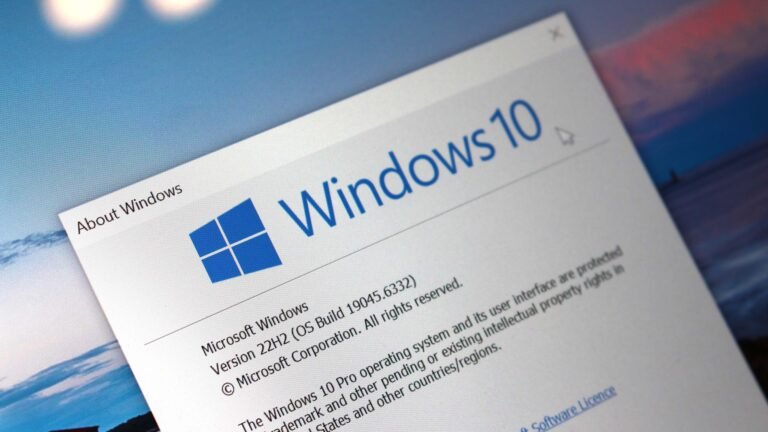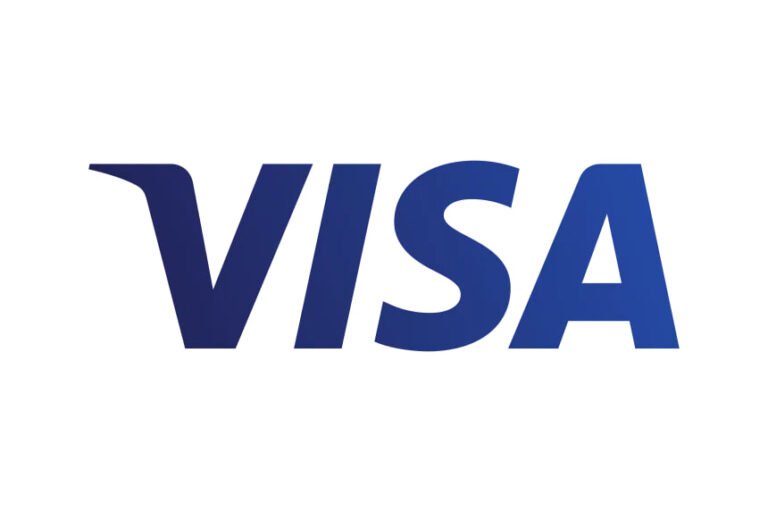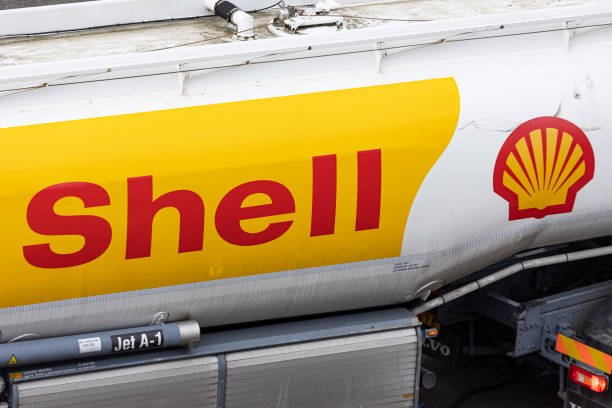Oil prices plummeted further for a fifth day on Wednesday to their lowest since February 2021 as demand concerns intensified following US President Donald Trump’s 104% tariffs on China, which took effect today, Beijing retaliating with 84% additional tariffs, announced today, and expectations of increased global supply.
Brent crude dropped by around 0.14%, trading at $61.27 per barrel, down from $61.36 at the previous session’s close.
US benchmark West Texas Intermediate (WTI) fell about 0.12%, settling at $57.83 per barrel, compared to its prior session close of $57.90.
WTI crude futures have fallen for seven consecutive trading days, dropping more than 20% from the April peak, hitting a four-year low.
Prices fell as US President Donald Trump’s sweeping global tariffs officially took effect early Wednesday, including a staggering 104% tariff on Chinese imports, escalating trade tensions with major partners across Asia and Europe.
The reciprocal tariffs, part of Trump’s newly launched global trade framework, were implemented, targeting dozens of countries.
While China bore the highest rate, other nations were also hit hard Cambodia with 49%, Vietnam with 46%, Thailand with 36%, Pakistan with 29%, India with 26%, Nigeria with 14%, South Korea with 25%, and Japan with 24%.
The White House had initially announced a 34% tariff on Chinese goods. However, White House spokesperson Karoline Leavitt confirmed on Tuesday that the rate had been more than tripled to 104% as a ‘necessary correction to years of unfair trade.’
China vowing to ‘fight to the end,’ amid Trump’s new threat of imposing an additional 50% duty on Chinese imports, has announced retaliatory measures imposing additional tariffs on 84% to the previous 34% on U.S. imports, to take effect April 10th.
Japan and South Korea have stated they will pursue negotiations rather than immediate countermeasures.
Nearly 70 countries have already reached out to Trump to begin negotiations on tariffs following his announcement last week, according to Leavitt.
Meanwhile, the Organization of the Petroleum Exporting Countries (OPEC) and its allies, known as OPEC+, announced they will accelerate their planned production increase to 411,000 barrels per day in May, equivalent to a three-month rise, further supporting the price decline. A move is likely to push market balances into surplus
Goldman Sachs predicts Brent crude will fall to $62 a barrel and WTI to $58 by December 2025, further declining to $55 and $51, respectively, by December 2026. Meanwhile, the American Petroleum Institute (API) data showed that US crude oil inventories fell by 1.05 million barrels last week compared to the previous one.
This decline slightly eased demand concerns in the world’s top oil-consuming nation, limiting the downward pressure on prices. The US Energy Information Administration (EIA) is expected to release official inventory data later today.
The recent plunge in oil prices presents a major risk for Nigeria’s oil-dependent economy. With crude oil contributing about 80% of government revenues and 95% of foreign exchange earnings, prolonged price weakness could exacerbate fiscal pressures and threaten macroeconomic stability. At current prices, Nigeria’s 2025 budget benchmark oil price of $75 per barrel is significantly above Brent’s current level of around $60.


